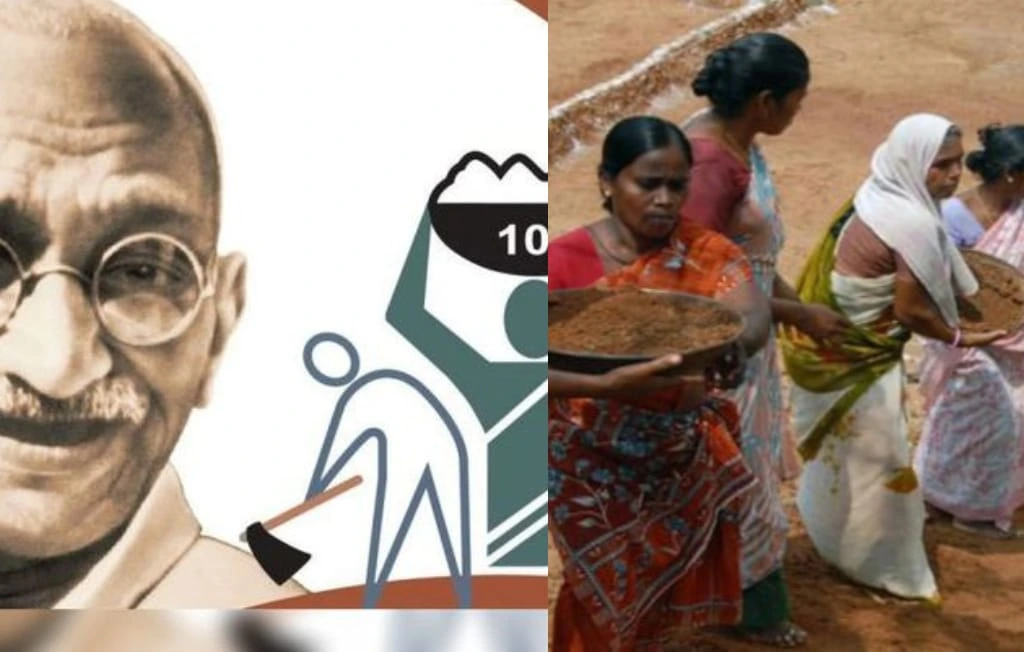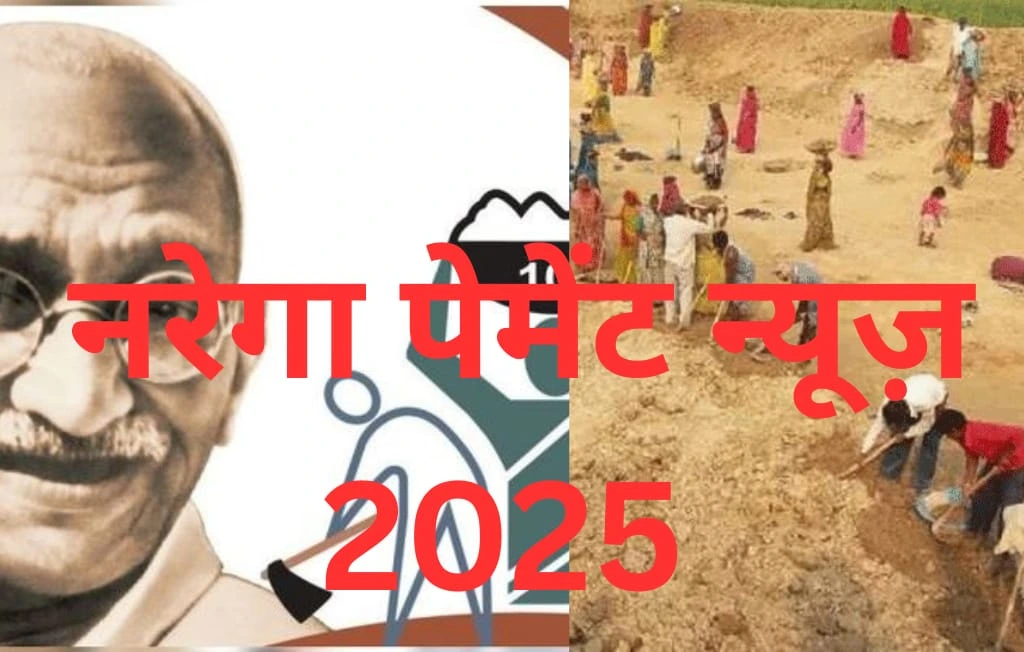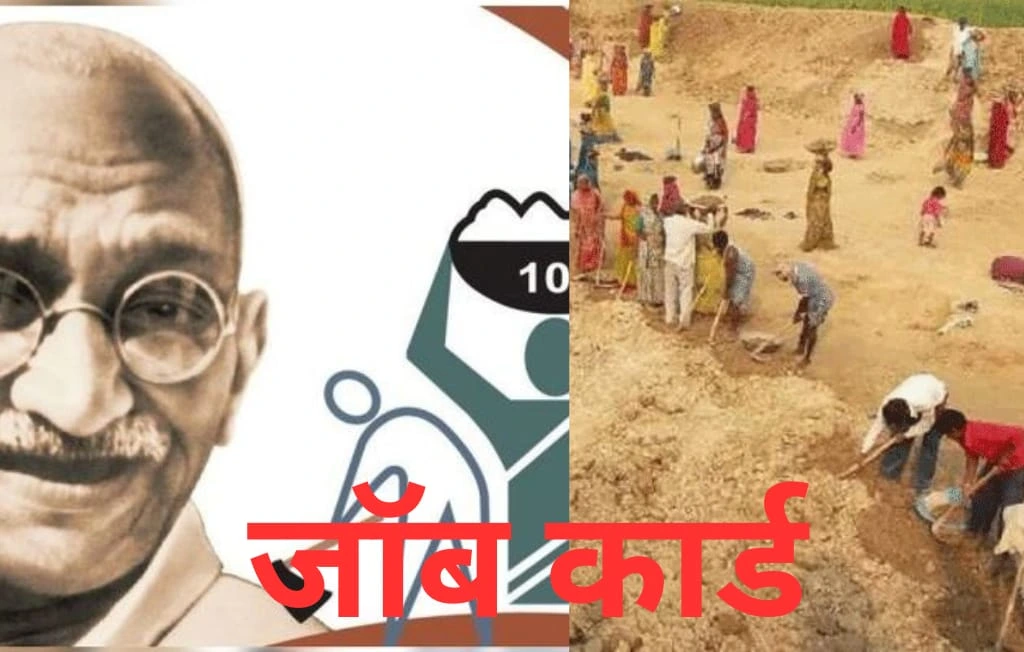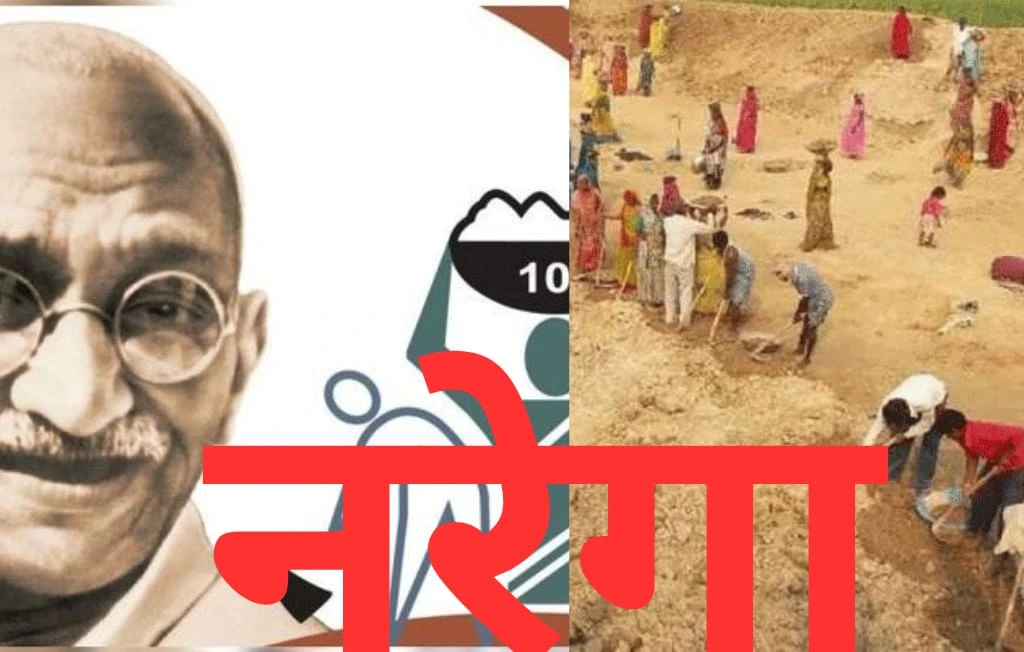BY AMREEN AHMAD
India created a history on August 23,2023 as its Chandrayaan-3 mission successfully landed on the far side of the Moon’s surface. By Vikram Lander landed safely on moon’s south pole at 6:04 PM. India has become first country to achieve this feet. It’s a momentous achievement for India’s space program. Chandrayaan-3 has successfully touched down on the lunar surface, marking a significant milestone in the country’s journey of space exploration. This remarkable accomplishment not only showcases India’s technological powers but also underscores the nation’s commitment to advancing scientific knowledge and technological innovation on a global stage.
Chandrayaan-3, the third mission in the Chandrayaan serie it had been eagerly anticipated by space enthusiasts, scientists, and citizens. Following the footsteps of its predecessors, Chandrayaan-1 and Chandrayaan-2, this mission was tasked with further deepening our understanding of the Moon and its geological and atmospheric characteristics. After months of meticulous planning, engineering, and rigorous testing, Chandrayaan-3’s lander module successfully made contact with the lunar surface in the designated landing area. The moment of landing was met with a collective sigh of relief and jubilation at the Indian Space Research Organisation (ISRO) control center, where scientists and engineers had been monitoring the mission’s progress with bated breath. Chandrayaan-3’s mission objectives were multi-fold. One of the primary goals was to conduct comprehensive studies of the Moon’s geology, composition, and seismic activity. Equipped with advanced scientific instruments, the lander was poised to gather crucial data that would shed light on the Moon’s origins and its role in the solar system’s evolution. Furthermore, the successful landing of Chandrayaan-3 signifies India’s steady progress in mastering the complex art of space exploration. Building upon the experiences of previous missions, Chandrayaan-3 reflects the nation’s commitment to learning from challenges and leveraging knowledge to create more robust and reliable technologies. The advancements made in areas such as navigation, propulsion, and communication systems will undoubtedly contribute to India’s growing reputation as a spacefaring nation. The success of Chandrayaan-3 is not only a source of national pride but also a testament to international collaboration. The mission involved cooperation with various international partners, fostering the exchange of knowledge, expertise, and resources. Such collaborations are pivotal for addressing the complex challenges of space exploration and ensuring the collective growth of scientific understanding.
Looking ahead, Chandrayaan-3’s triumph opens up exciting possibilities for future lunar missions. The wealth of data collected from the mission will provide scientists with invaluable insights into the Moon’s past, present, and future. This information could have far-reaching implications, ranging from understanding planetary formation processes to evaluating the potential for lunar resources that could support future human endeavors in space.
In conclusion, the successful landing of Chandrayaan-3 stands as a crowning achievement for India’s space exploration endeavors. It is a beacon of inspiration for the nation’s youth, encouraging them to pursue careers in science, technology, engineering, and mathematics (STEM) fields. As India continues to make strides in space exploration, the world watches with anticipation, eager to see the groundbreaking discoveries and innovations that lie on the horizon





